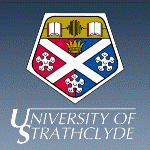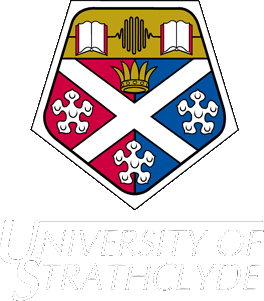The following recommendations are made to researchers, tidal current developers and policey makers involved in the development and progression of the marine current industry:
- Further modelling of rejuvenation of downstream flow
for ALL device types required
Flow rejuvenation plays a significant role in overall energy extraction and as such will be a key element of tidal farm deployment. In this respect there is considerable differences between the marine and wind industry. The velocity range within which tidal devices operate is much smaller in comparison. Hence, due to the density of water, and the inherent density of extractable energy; any decrease in flow velocity will have an inherently larger effect on available energy downstream than that of the down wind situation.
- In the likelihood that SIF considerations become
legislation, tidal developers should become aware of cross and
downstream impacts
As seen in the case study and conclusions, there is a relationship between individual device blockage characteristics, unit spacing, unit power coefficient, SIF and total farm power output.
Developers need to be aware that it is not a simple case of the bigger the device, the more efficient, the more powerful.
- Increased information dissemination will aid design
optimisation & cost analysis
Marine device development is in its infancy, competition between developers in an effort to become the market leader means there is little public knowledge available. With more development and publication of comparative results & knowledge the market leader will become apparent..
- Further in depth techno-economic modelling is essential
to provide accurate outcomes
Currently there is little economic data available to verify economic models and provide accurate indication of optimum technologies in terms of power output cost and payback time. More detailed analysis of costs is expected to enhance useful output of our methodology and move the goalposts in favour of an optimum device.
- Current technology options are comparable and therefore site specific evaluation is essential
- Use our website and tools
Tidal developers should use the tools developed in this study in conjunction with their own methods as a Phase 1 approach. Due to market infancy, device performance, environmental information and economic data is all scarce. You will find this website a focused source of information, links and tools.
Go back to Contents

 Home
Home 
